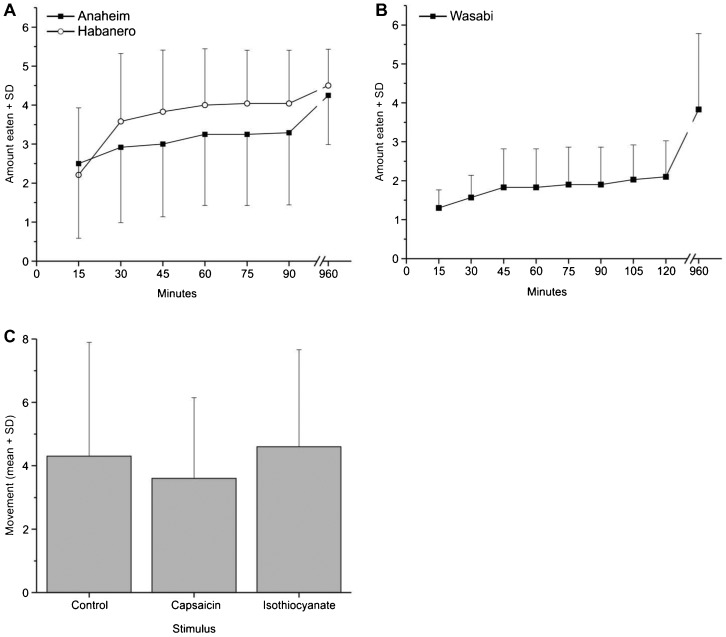Fig. 3. Behaviour of crayfish in response to chemicals that often stimulate nociceptors.
(A) Crayfish were presented with peppers containing both low (Anaheim peppers) and high (habanero peppers) concentrations of capsaicin simultaneously. The amount eaten (Y axis) was coded as: 1 = not eaten, 2 = less than 50% eaten; 3 = 50–89% eaten; 4 = 90–99% eaten; 5 = entirely eaten. (B) Crayfish presented with fresh wasabi rhizomes containing isothiocyanate. The amount eaten was coded as: 1 = not eaten, 2 = less than 25%; 3 = 25–50%; 4 = 51–75%; 5 = 76–99%, 6 = 100%. (C) Movement of crayfish measured by number of times individuals crossed between tank halves after application of control (ethanol) or 10 mmol l−1 capsaicin 10 mmol l−1 isothiocyanate to one antenna. Error bars show standard deviation.

